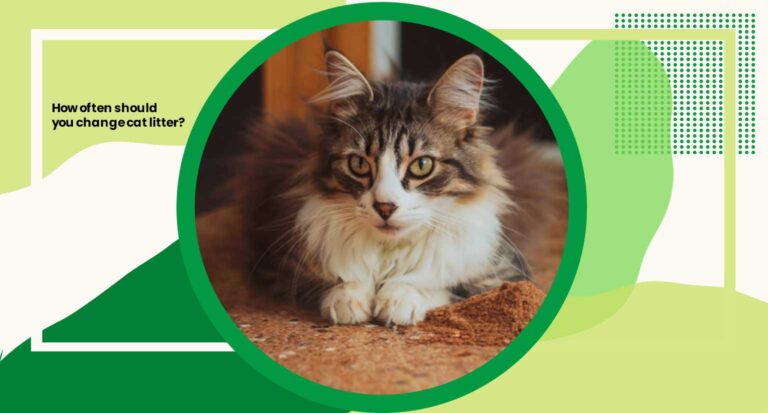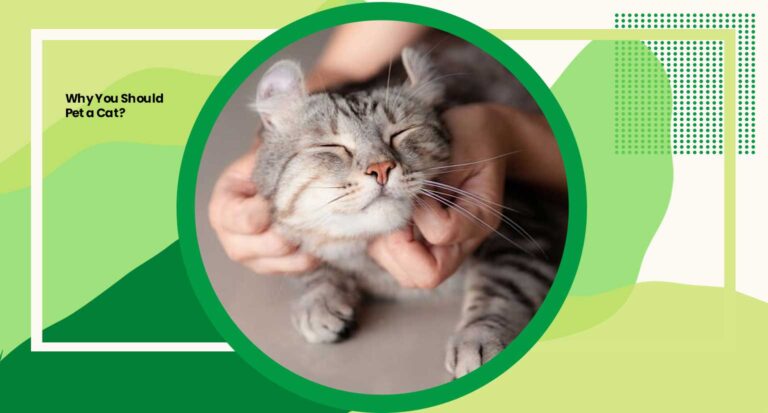How Many Teeth Do Cats Have? Revealing the Secrets of Their 30 Dental Jewels
In the realm of feline health, understanding your cat’s dental structure is paramount. How many teeth do cats have? emerges as a common inquiry among concerned pet owners. This question sheds light on the intricacies of cat anatomy and the significance of dental care in their overall well being.
The mysteries behind your feline friend’s dental health and the importance of proper dental hygiene. The secrets behind those whiskers and incisors, ensuring your cat’s radiant smile for years to come.
How Many Permanent Teeth Do Adult Cats Have?
Adult cats boast an intriguing array of permanent teeth, each serving a distinct purpose in their daily lives. Understanding the composition of these teeth is crucial for maintaining your feline companion’s oral health.
Adult cats typically possess a total of 30 permanent teeth, consisting of incisors, canines, premolars and molars. To break it down further.
Incisors
Positioned at the front of the mouth, adult cats have a total of 12 incisors, six on the upper jaw and six on the lower jaw. These teeth facilitate grooming and grasping objects.
Canines
Often referred to as fangs, adult cats possess four canines, two on the upper jaw and two on the lower jaw. Canines aid in gripping and tearing food.
Premolars
Adult cats have a total of 10 premolars, four on the upper jaw and six on the lower jaw. Premolars assist in shearing and grinding food before swallowing.
Molars
These are the largest teeth in a cat’s mouth, located at the back. Adult cats typically have four molars on the upper jaw and two on the lower jaw, totaling six molars. Molars play a vital role in chewing and grinding food.
Each of these teeth contributes to your cat’s ability to eat, groom and maintain overall oral hygiene. Regular dental care, including brushing and professional cleanings, can help ensure the longevity of your cat’s teeth and their overall well being.
How To Care For A Cat’s Teeth?
Ensuring optimal dental health for your feline companion is essential for their overall well being. Here’s a detailed breakdown of how to care for your cat’s teeth.
Regular Dental Check ups
Just like humans, cats benefit from routine dental examinations by a veterinarian. Schedule annual check ups to assess your cat’s oral health and address any potential issues early on.
Balanced Diet
Provide your cat with a balanced diet rich in nutrients. High quality cat food and dental treats specifically formulated to promote oral health can help prevent plaque buildup and maintain strong teeth.
Brushing
Introduce your cat to tooth brushing gradually using a cat specific toothbrush and toothpaste. Start by gently rubbing their teeth and gums with your finger, then gradually transition to using a toothbrush. Aim to brush your cat’s teeth at least 2-3 times per week to remove plaque and tartar buildup.
Dental Chew Toys
Offering dental chew toys can help stimulate your cat’s gums and reduce plaque accumulation. Opt for toys designed to promote dental health, such as those with ridges or textures that help clean teeth as your cat chews.
Professional Dental Cleanings
Consider scheduling professional dental cleanings for your cat as recommended by your veterinarian. These cleanings involve scaling to remove plaque and tartar buildup, as well as polishing to smooth the tooth surface and prevent future accumulation.
Monitor Oral Health
Regularly inspect your cat’s mouth for signs of dental issues, including bad breath, swollen gums, excessive drooling or difficulty eating. Any abnormalities should be promptly addressed by your veterinarian to prevent further complications.
By incorporating these dental care practices into your cat’s routine, you can help maintain their oral health and ensure a lifetime of happy smiles.
Can Cats Survive Without Teeth?
While a cat’s teeth play a crucial role in their daily activities, such as eating, grooming and defending themselves, the absence of teeth does not necessarily spell doom for their survival. Cats, like many animals, possess remarkable adaptability mechanisms that enable them to cope with various challenges, including dental issues.
Factors Influencing Survival
Several factors contribute to a cat’s ability to survive without teeth.
Dietary Adaptations
Cats with missing or compromised teeth may require adjustments to their diet. Wet or moistened food can be easier for them to consume compared to dry kibble. Specialized diets formulated for cats with dental issues may also provide the necessary nutrients for optimal health.
Ability to Compensate
Cats are resourceful creatures capable of adapting their behavior to compensate for dental deficiencies. They may learn alternative methods of chewing or use their tongues to manipulate food effectively.
Medical Intervention
In cases where dental issues significantly impact a cat’s quality of life, veterinary intervention may be necessary. Extractions or other dental procedures may alleviate discomfort and improve the cat’s ability to eat and groom.
Challenges and Considerations
While cats can adapt to life without teeth, certain challenges and considerations should be addressed.
Nutritional Needs
Ensuring that a toothless cat receives adequate nutrition is essential for their well being. Consultation with a veterinarian can help determine the most suitable diet and supplementation, if necessary.
Oral Hygiene
Although toothless cats may not require traditional dental care, maintaining good oral hygiene remains important. Regular dental check ups can help identify any underlying issues, such as gum disease or oral infections.
Quality of Life
Monitoring a toothless cat’s behavior and overall quality of life is crucial. They should exhibit normal eating habits, groom themselves effectively and remain active and engaged in their environment.
While the absence of teeth poses challenges, cats have demonstrated remarkable resilience and adaptability in overcoming such obstacles. With proper care and attention, toothless cats can lead fulfilling and comfortable lives as beloved companions.
Conclusion
In conclusion, understanding the dental anatomy of cats is essential for their overall health and well being. Knowing how many teeth cats have provides insight into their dietary habits, grooming behavior and potential oral health issues.
By recognizing the significance of dental care and hygiene, cat owners can ensure their feline companions enjoy a lifetime of radiant smiles and optimal health. Remember, regular veterinary check ups and proper dental maintenance are key to preserving your cat’s dental health and enhancing their quality of life.
Discovering how many teeth cats have unveils the intricacies of their dental structure and underscores the importance of proactive dental care. With knowledge and care, cat owners can safeguard their furry friends’ dental health and nurture strong bonds for years to come.







